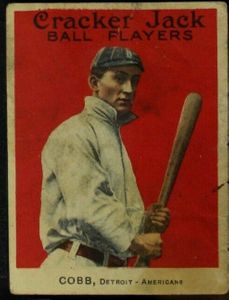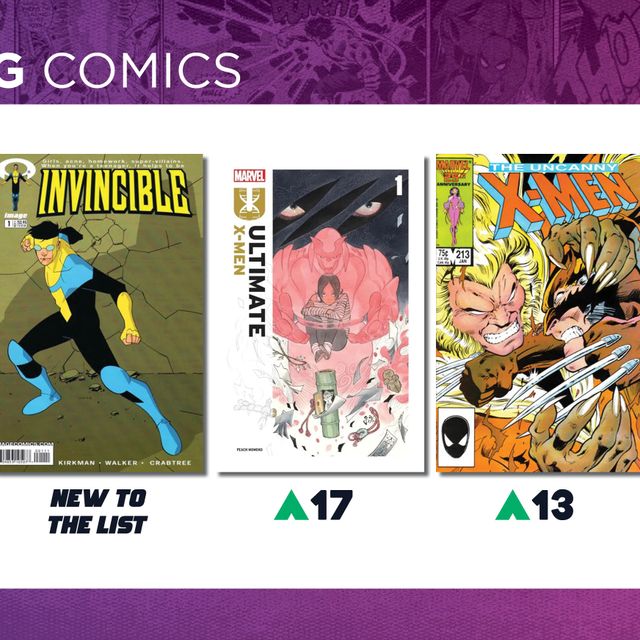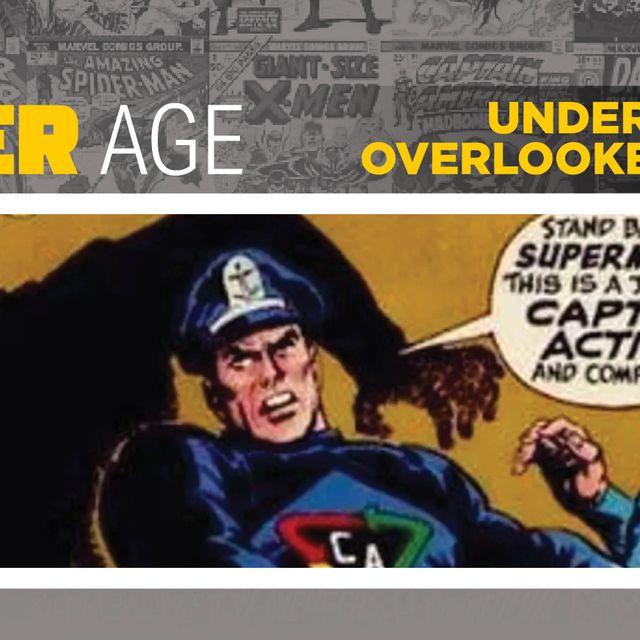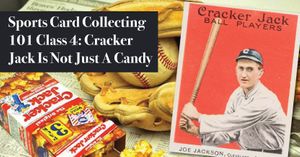
A Set Where Each Card Has Value!
 As we continue to move forward in Sportscard Collecting and Speculation 101, different baseball sets throughout sports card history will be highlighted for each lesson. Today's class will focus on the 1914 & 1915 Cracker Jack Baseball card set.
As we continue to move forward in Sportscard Collecting and Speculation 101, different baseball sets throughout sports card history will be highlighted for each lesson. Today's class will focus on the 1914 & 1915 Cracker Jack Baseball card set.
Pop Quiz! “Wait...what?” Yep, Pop Quiz! Quick, what are the two mindset shifts you need to have when moving from comic books to sports card collecting or speculation? OK. Time’s up! If you answered that sports cards are heavily counterfeited and copies of pre-world war II cards in any condition have value, then you are right!
It's All in the Numbers
No other set personifies those mindsets more than the 1914 and 1915 Cracker Jack baseball cards. The cards in each set year look exactly the same. With more than 176 cards in the set, the 1915 set has more players on the checklist than the 1914 set, which contains 144 player cards. Also, there are more copies of the 1915 set of each player than the 1914. Though not exact, it appears that there are 3Xs as many copies of the 1915 issue than the 1914 issue. For a clue to make sure you are purchasing the right card, the reverse text will reference the complete set of 176 or 144 cards. This website offers some more details.
The cards are not your “typical” sports card, in that it is not printed on thick card stock. The cards are printed on thin paper-like quality stock. Between being inserted with little protection in the Cracker Jack boxes, which includes Carmel Popcorn (Yum!), and the thin paper quality, it is EXTREMELY hard to find any of the cards in either set in high-grade form. As a result, any potential purchase of a high-grade Cracker Jack card needs to be carefully scrutinized. The back of the card is printed "upside-down" to the front of the card.
This Set List is Loaded!
Another reason why the Cracker Jack Baseball cards provide tremendous investment opportunities is their setlist. More than HALF of the players in the set are Hall of Fame baseball players! The set also features one of the very few Shoeless Joe Jackson Baseball cards and an iconic Ty Cobb issue. Unfortunately, these two cards are also very popular with counterfeiters!
Like the T-206 set used as an example in this course, the 1914 & 1915 Cracker Jack Baseball singles have value in any condition. EVERY player in the checklist is collectible and sells easily. Since each of the sets has under 200 players on the checklist, many collectors will put a complete set together, get everyone graded, and register their set. Once sets are graded and complete, collectors will swamp out singles with higher graded versions to upgrade their sets.
Like the T-206, Keep an Eye on Counterfeits!
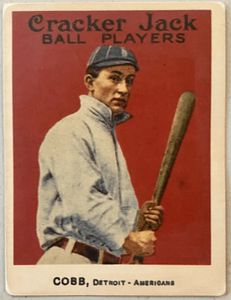
It is not that hard to spot a counterfeit. First, the paper is hard to duplicate. This series was printed on very thin paper stock as compared to cardboard stock. Second, there shouldn’t be any examples of white borders. Because of the paper quality and the insertion of this issue in Carmel popcorn candy WITHOUT any protection, the borders and back should be brown in appearance. The player pictures and red background should also bleed into the borders. You should not notice a clear line between the player, player background, and the border.
Finally, the typeface of the player name and team and the back typed description should be uneven and disjointed. This is due to the printing press used during the time period. Letters should appear to be struck differently and under a jeweler’s loupe (yep, might as well just keep it on your key chain!) you should see some uneven black ink bleed or look like splatter around some letters from the press ink strike.
Our next sports card collecting class will focus on another one of the "Big Three," the 1933 Goudey Baseball Card set! Are you still waiting to learn about Babe Ruth cards? Well, our next set has FOUR of them!
When you're done reading, switch to watching instead! Visit GoCollect on YouTube Today!
